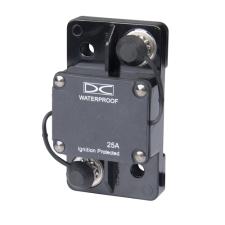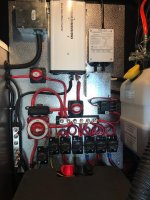NYSUPstater
Well-known member
Started last year w/ our new BC 3560 SS and is on my to do list for 2019 for replacing them. Seems the breakers for the Hyd pump system are of poor quality for when retracting the slides (rear 2), they start to come in then stop. Wait few seconds, retract some more, stops. Have to keep repeating this until fully retracted. Move onto the jacks, same thing. Extending everything.....no problem, just retraction. My guess is that either the breakers are not HD enough or just plain cheap quality.





